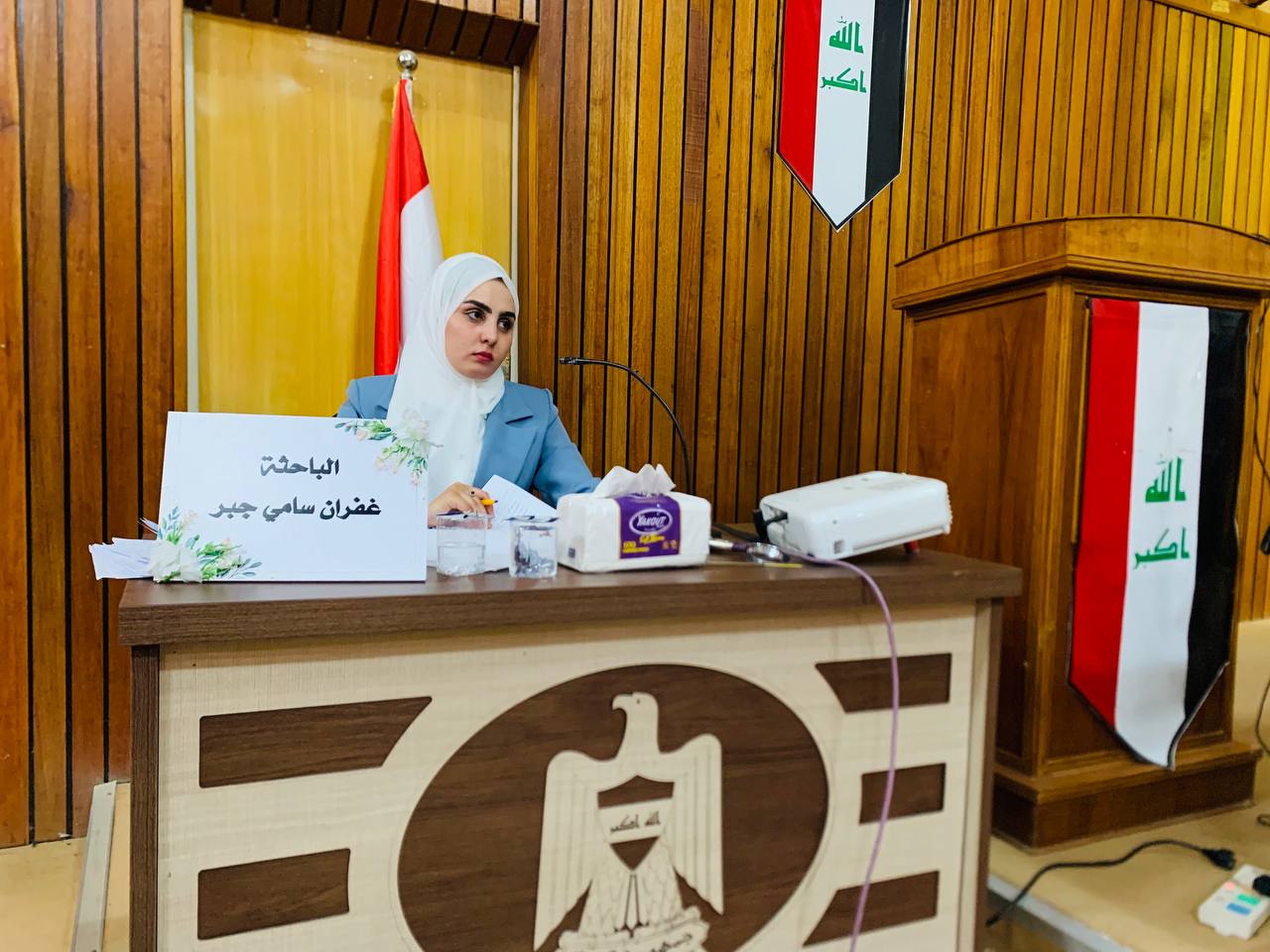
A master's thesis in the Department of Life Sciences at the Qurna Education College at the University of Basra discussed the study of isolating and diagnosing bacteria associated with hydatid cysts and testing their sensitivity to antibiotics.
The researcher Ghofran Sami Jabr and supervised by Prof. M. Dr.. Adnan Badr Ghaleb and A. M. Dr.. Sarmad Awad Mozan
The study dealt with isolating and diagnosing bacteria associated with hydatid cysts from domestic animals by traditional methods, conducting molecular tests for bacteria diagnosed by traditional methods, as well as studying the sensitivity of isolated bacteria to antibiotics.
The study included isolating the fluids of hydatid cysts from the livers and lungs of sheep, cows and buffaloes and cultivating them on different culture media. After that, a set of tests were conducted to diagnose bacteria associated with hydatid cysts, including phenotypic diagnosis, microscopic diagnosis, Vitek test, biochemical tests, and molecular tests.
The results of the thesis showed that there are 6 types of bacteria accompanying the fluids of hydatid cysts, each of which differs according to the organism and the organ. Also, the percentage of Gram-negative bacteria was higher than the percentage of Gram-positive bacteria. As for drug sensitivity, the most sensitive types of bacteria were to antibiotics, and the study was also conducted. Molecular analysis of bacteria It has been shown that the molecular technique is important and useful for identifying different bacterial species, as well as the method of identifying the 16SrRNA gene for bacteria, a quick and accurate method in diagnosing bacteria.









